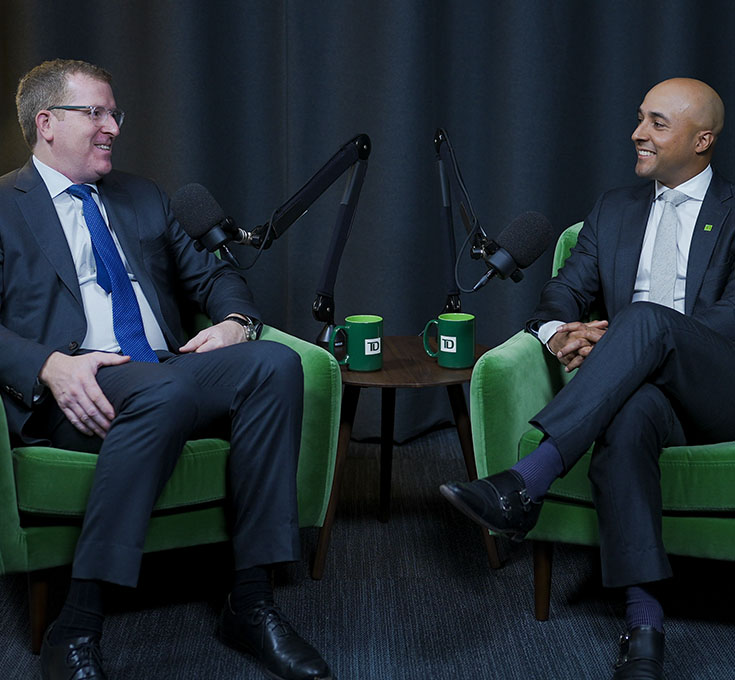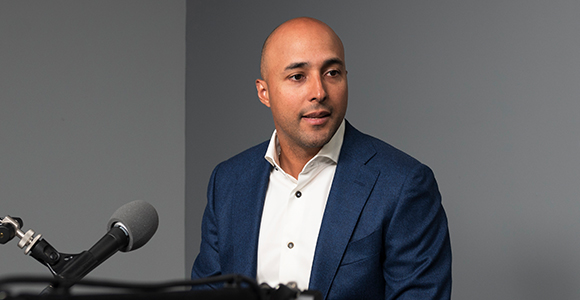A Virtual Overview of Bitcoin ETF's First Two Years
By: Andres Rincon
March 10, 2023 - 4 minutes 30 seconds
Last month the world's first Bitcoin ETF celebrated its second anniversary. The crypto world has undergone strong headwinds over the last year, making this anniversary a relatively quiet one. However, as one of the largest innovations in the financial industry in recent years, many investors still eye crypto assets as a worthy asset class. Despite disappointing performance recently, crypto ETFs in Canada barely saw any net outflows in 2022. Meanwhile south of the border crypto investors are still longing to see the SEC approve a U.S. spot bitcoin ETF.
Fund Flow and Trading Volume of Crypto ETFs in Canada
After eleven months of inflows since their inception, crypto ETFs saw the first monthly outflow in January 2022 following a 17% price drop in Bitcoin. The fund flows reversed back to green in February and March with market rebounds, but quickly turned to red again in April with price drops. In June 2022, crypto ETFs observed the largest outflows after a 41% price drop in Bitcoin and a 48% price drop in Ether. In the second half of 2022, interest in crypto ETFs cooled down significantly, leading to muted fund flows during that period. In January 2023, crypto ETFs only saw small inflows despite a 39% surge in Bitcoin price. Investors may be continuing to be cautious about crypto assets.
The trading volume (number of shares traded) of crypto ETFs also decreased with price drops. In January 2023, trading volume decreased by 67% year-over-year. In fact, trading activities in crypto ETFs has been relatively muted since July 2022, with a small bump in November 2022 when the market experienced heightened volatility.

Crypto ETFs as Short-term Speculation or Long-term Holdings
When crypto ETFs were first introduced, many onlookers suspected that these funds were only for short-term speculation, believing that when the price of Bitcoin dropped, investors would sell off the ETF units and dry up AUM. Has this been the case? The number of ETF units held by investors fluctuated with asset prices in the first half of 2022, while remaining relatively stable in the second half despite market chaos.
Bitcoin ETF units outstanding were flat from June 2022 to December 2022 and increased in January 2023 when the price rebounded. Although some investors sold their crypto ETFs during the market downturn, many now may view crypto ETFs as long-term investments and hold positions despite market movements. Crypto ETFs are used by some investors as an addition to the traditional balanced portfolio with diversification benefits.
Management Fees and MERs
The crypto ETF industry has been in a fee war since its start. The first and second Bitcoin ETFs launched with a 1.0% management fee. Those rates were cut within days, and new Bitcoin ETFs entered the market with even lower fees, driving rates down further.
Most crypto ETFs disclosed their first year MERs in 2022. Management fees range from 0.4% to 1.0% while MERs range much wider from 0.83% to 1.82%. However, it's important to note that the MERs are calculated based on different time periods given that they all launched at different times and could lead to slight differences in their calculations.
The Potential Future of Crypto ETFs
When it comes to the future of crypto ETFs, or even crypto assets, an SEC approved spot Bitcoin ETF remains top of mind. If approved, crypto assets may be more accessible for both retail and institutional investors in the U.S. Additionally, an approval by the SEC might boost investors' confidence in crypto assets, likely facilitating future growth. While the SEC has approved several applications for futures-based bitcoin ETFs, the regulator remains concerned that spot bitcoin ETFs could be vulnerable to “fraudulent and manipulative conduct". Many ETF issuers have applied for a spot Bitcoin ETF and received rejections. In addition to the continuous rejections from the SEC, many investors also remain concerned about the crypto market after a rough 2022 led by challenging macro conditions and the destruction caused by the high-profile bankruptcies of some crypto hedge funds. In our opinion, although the failure of market participants may diminish market confidence, the industry could benefit from a more rigid regulatory framework in the long run.
Despite a price-led drop in AUM, the Canadian crypto ETF landscape continues to grow. The total number of crypto ETFs has reached a whopping 45 with four newly launched crypto ETFs in 2022. The holdings of crypto ETFs remained stable off the back of significant price volatility. With a solid investor base in Canada, crypto ETFs could remain relevant and may see another surge when the market picks up. With a more promising market, we may see issuers re-engage in product innovations, such as ETFs of digital assets other than Bitcoin and Ether, or products providing leveraged exposure to crypto assets. A more active crypto market may attract more ETF investors, thus adding more liquidity to the products. If the SEC will bless a spot bitcoin ETF, crypto assets can potentially enter another growth cycle with more robust regulation and investor protection.

Director and Head of ETF Sales & Strategy, TD Securities

Director and Head of ETF Sales & Strategy, TD Securities

Director and Head of ETF Sales & Strategy, TD Securities





